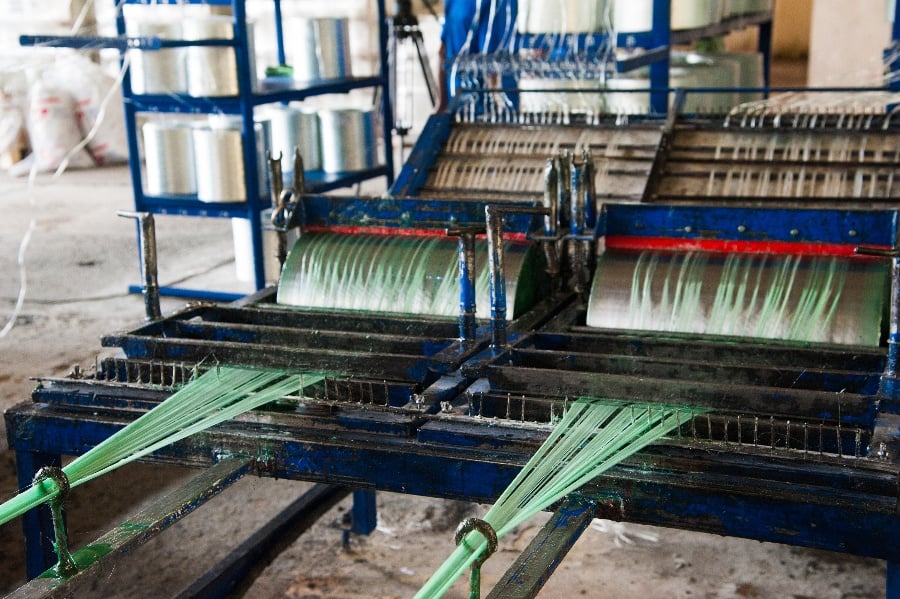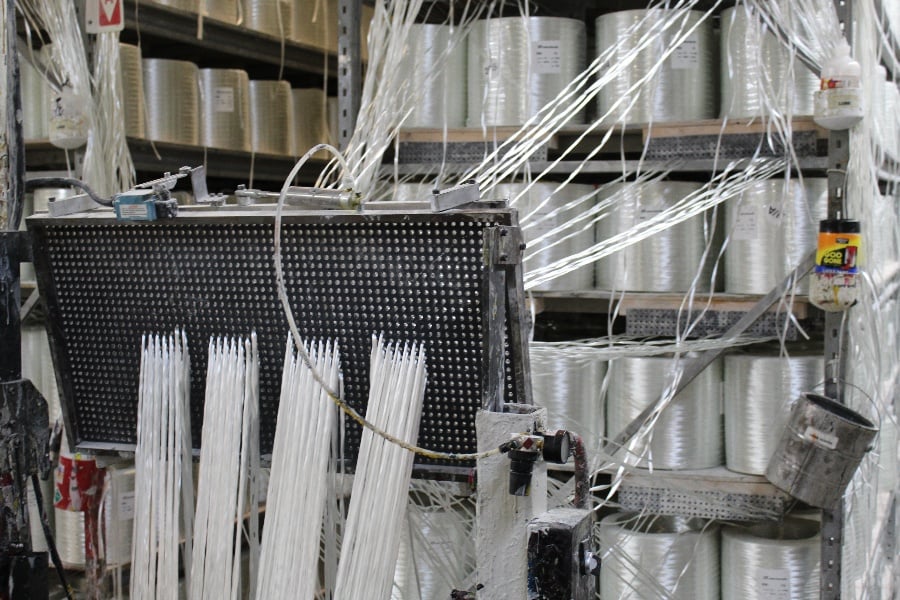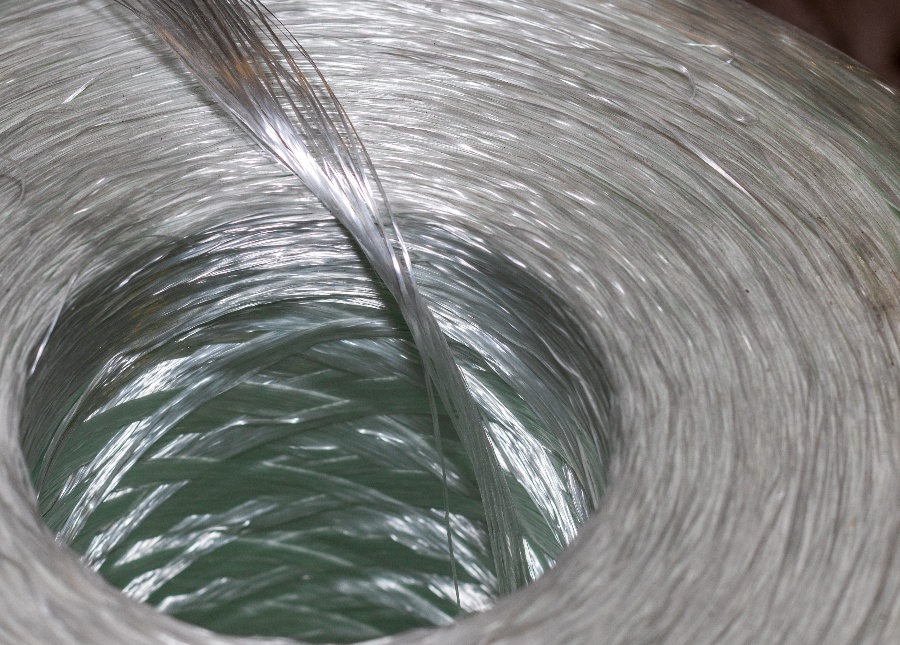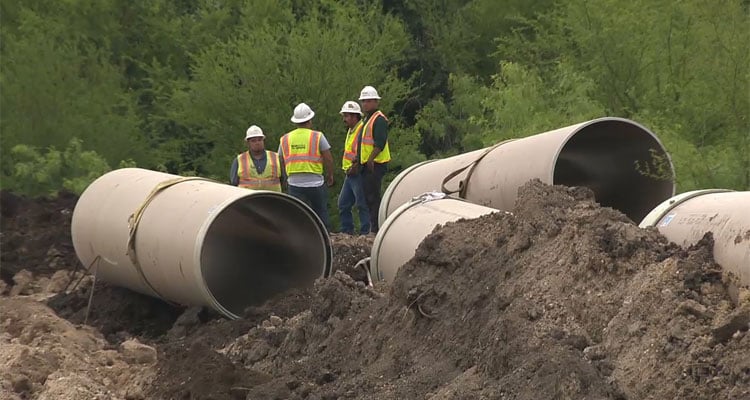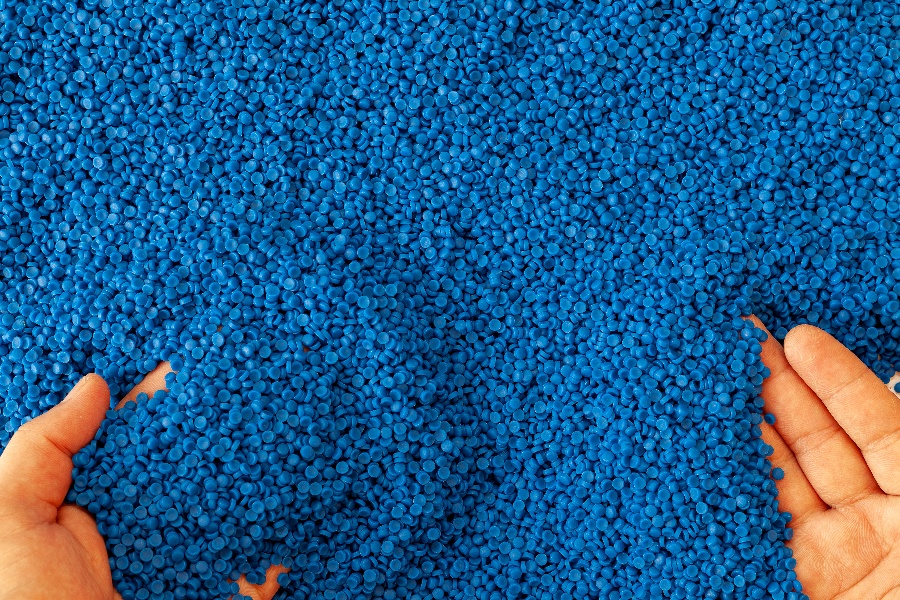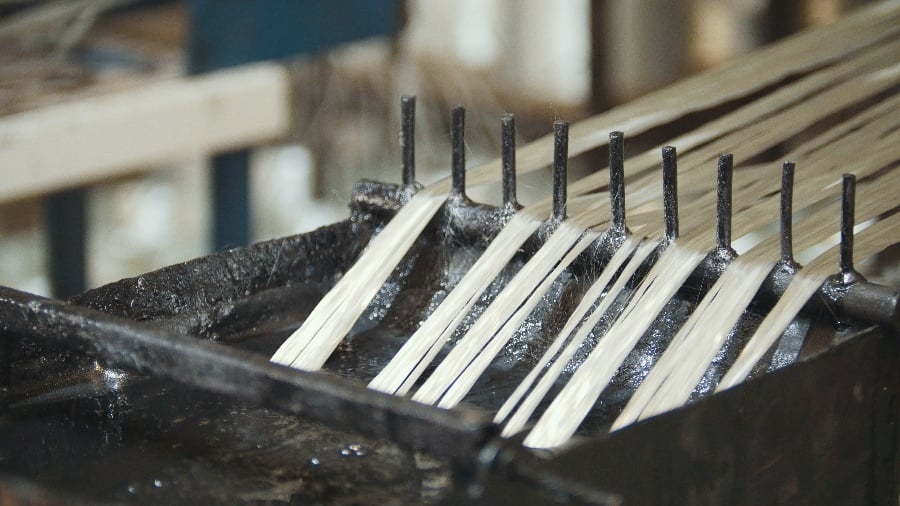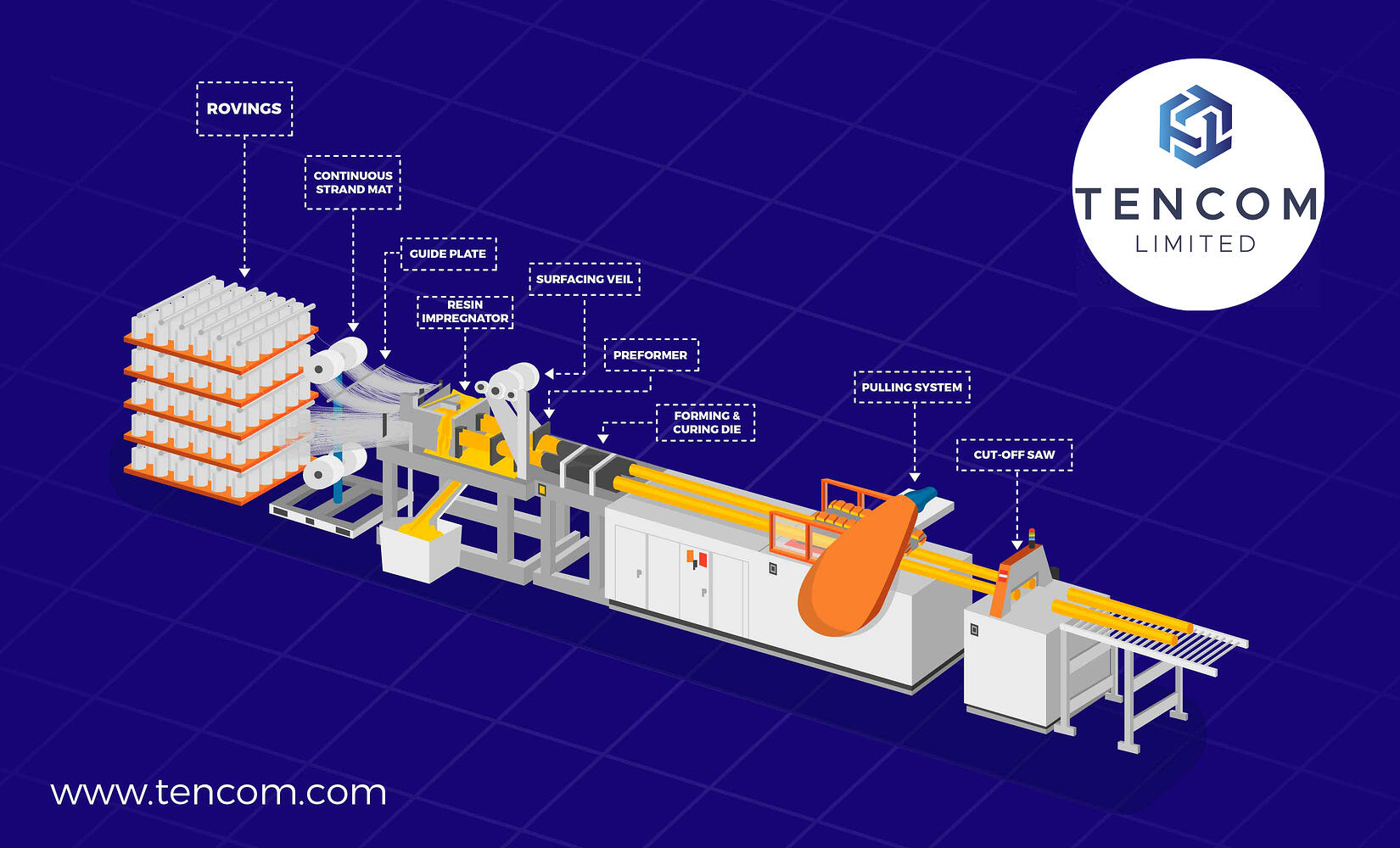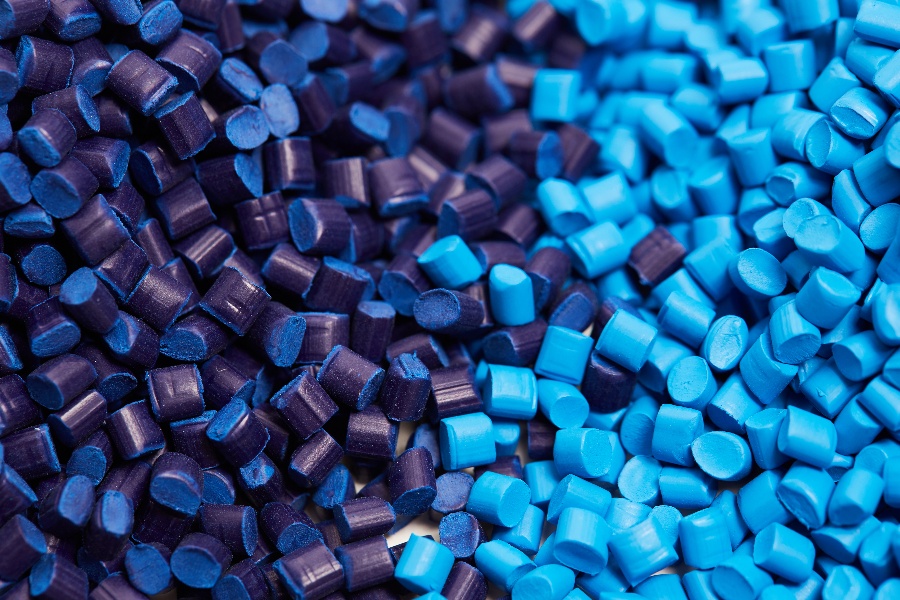
Since the 1980s, the auto industry as a whole has been continually looking for vehicles that can go faster and are more energy efficient.
With a large number of vehicles on the road still using traditional fossil fuels such as petrol and diesel, the push to go green has led to the demand for more energy efficient vehicles.
This is where Fiber Reinforced Polymer (FRP) composite materials come in as car manufacturers look to innovate and to create cars that increasingly incorporate materials that are environment-friendly.
FRPs are commonly used to replace steel, aluminum and other metals because of their strength to weight ratio.
Pultruded applications for the automotive sector include bumper beams, roof beams, front-end support systems, door intrusion beams, chassis rails and transmission tunnels.
Environmental Regulations
In the United States and Europe, strict environmental regulations have mandated that auto makers employ composites in automotive construction. Across the globe, regulations in Europe are compelling original equipment manufacturers (OEMs) to reduce Carbon Dioxide emissions of manufactured automobiles.
As a result, the demand for composites to replace steel and other metals is projected to grow from 2020 to 2027. This positioning is reinforced by an April 2019 report from Grandview Research which finds that the Regulation (EU) 2019/631 of the European Union adopted in Europe, sets a target of 95 g/km of average CO2 emissions for new passenger cars.
“The applications of composites have been limited to high-performance cars that are costlier owing to the high cost of composites. However, key market participants are conducting extensive R&D activities for developing low-cost composite grades having comparable mechanical properties as that of the high-cost variants.
This is anticipated to boost the demand for composites in the automotive industry over the forecast period.”
FRP Composite Car
Take a look at the Alieno, a FRP composite electric hypercar. A coupe with two doors, the Alieno has prepreg carbon fiber and Kevlar-reinforced racing seats, seating can be adjusted to suit the driver’s height. These comfortable seats also come with memory foam and are covered in premium leather upholstery.
The steering unit ─ made from prepreg carbon fiber and Kevlar ─ is robotic and comes with memory settings. The manufacturer has also made the pedal box robotic to give a more complete look and feel to the interior.
The same Kevlar composite material was also used for the robotic butterfly wing doors. The electric powertrain generates 5,221 hp and accelerate to a top speed of 303 mph. This beauty has a price tag range of $1.8 million.
Case Study
During the last two decades, Tencom has been supplying reinforced polyurethane pultruded products to the industry. Tencom has become a leading expert in pultrusion. The company’s tooling technique such as forming dies and resin impregnation devices have design characteristics that enable pultruded products to be long lasting and sustainable.
In 2015, Tencom was contracted by L&L Products, Inc. to enlist use of Tencom's expertise in Pultrusion for creating specialty parts for the automotive market by using a proprietary resin system developed by L&L and to develop custom polyurethane products. Within the scope of this agreement, Tencom shared its polyurethane pultrusion expertise with L&L and developed specific pultruded parts.
Tencom developed the “H” shape part then licensed access to L & L for use of proprietary designs and concepts for the die, impregnator, equipment, and tooling techniques. The first samples for L&L were produced in mid-2015.
FRP Trucks
Apart from cars, truck makers are also starting to use composites in the manufacturing of their vehicles. In the last few years, huge advancements have been made in FRP composites to make delivery trucks more eco-friendly.
For example, Volta Trucks has created a fully electric bio-based FRP composite delivery truck. This truck ─ made with carbon-neutral flax fiber combined with biodegradable resin ─ uses an all-electric powertrain to transport goods.
Aptly named the Volta Zero, this truck is a more sustainable option than gasoline-powered or hybrid vehicles. The Zero stands for zero emissions. Such zero-emission trucks are suitable for use in urban environments. Other collaborators in this project include Bcomp and ampliTex. The grid technology used to reinforce the flax fiber tech fabric was supplied by Bcomp and made by ampliTex. The resulting combination is a stiffer, more eco-friendly carbon fiber composite. The process reduces the production of carbon dioxide by as much as 75%.
The Volta Zero ─ which is not ready for commercial use yet ─ has a prototype currently under production. Testing is expected in the next few months.
The Pultrusion Process
Woven into a mat, the flax fiber is then pulled through a grape seed oil-based resin and cured. This results in a truck with biodegradable exterior body panels. These are both flexible and strong enough to be put to use on a delivery truck. Furthermore, when the truck is no longer useful, the sustainable FRP composite materials can be burned and reused as thermal energy.
Strong and Sustainable
Biodegradable products are just as strong and long-lasting as conventional FRP composites. These biodegradable products still use fiber rovings and resins. The difference is in the type of fibers and resins. According to an analysis and report by Persistence Market Research, “Bio-based epoxy resins employ green chemistry techniques which require less energy and produce less hazardous bi-products, thereby reducing the greenhouse gas emission from production of resins by 50%.”
Bio-based FRP composites use raw, renewable resources. The most common resources used to make bio-based resins are natural oils (such as grapeseed), tannin, lignin, carbohydrates, and other types of phenol compounds.
Generally, bio-resins are categorized as hemp, vegetable glycerol, soybean oil, grape seed oil, canola oil, or some other type of plant oil derivative.
To create a bio-resin, the raw resource is first melted down to its final breaking point. After that, it is mixed into the resin compound to create the blended resin product. When the flax fiber rovings are woven together, they will then be pulled through a liquid bio-resin bath. From here, the product is shaped and cured. Once the product has fully hardened it will not break down.
Contact Us
If you are considering pultrusion for your next project, get in touch with our experts here at Tencom. We would be happy to provide you with a quote and answer any other questions you may have about our process and products.




